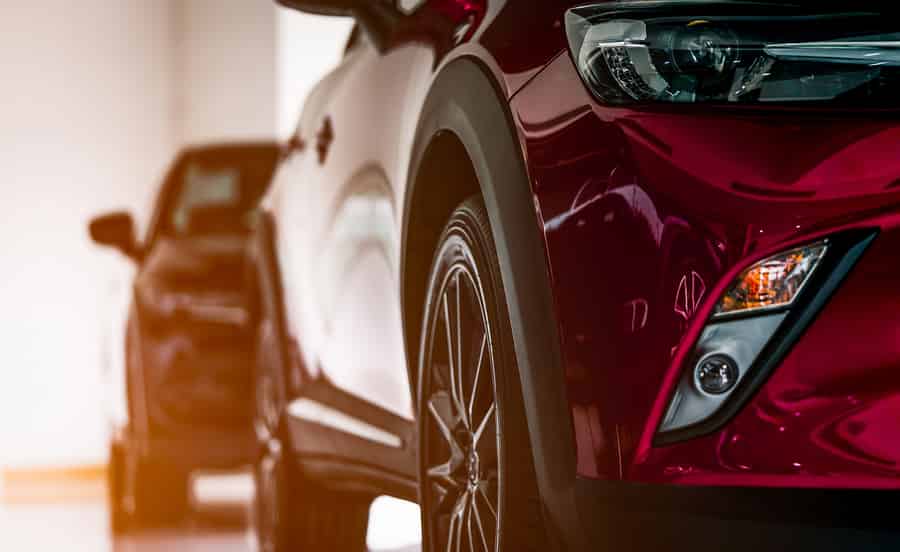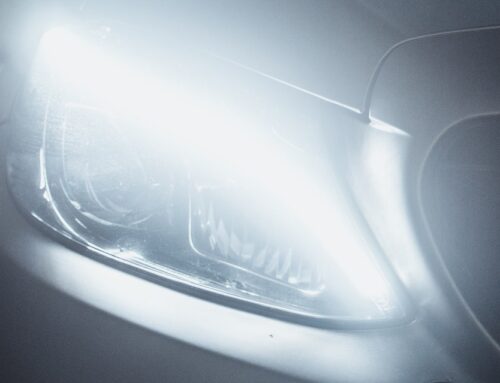While the majority of automobile accidents are the result of human error, many accidents each year are caused by design defects. Accidents caused by design defects can result in costly property damage, severe injuries, and even fatalities. If you or a loved one was recently injured in an auto accident, continue reading to learn about the top five accident-causing automobile design defects.
Faulty Steering and Suspension
Defects in a car’s suspension or steering systems are some of the most dangerous automobile design defects. If either system malfunctions while you are traveling at high speeds, there is little opportunity to prevent an accident. If your steering system fails, you may be unable to turn; and if your suspension malfunctions, you are likely to veer into another vehicle or off the road. If you have been involved in an accident after losing control of your vehicle, there may have been a defect in your car’s steering or suspension systems.
Faulty Ignition Switches
A faulty ignition switch is another design defect that can result in an accident. In 2014, General Motors (GM) recalled more than 2.6 million vehicles due to faulty ignition switches that caused vehicles to shut off while in motion. Not only can such a defect cause a serious collision, but with the ignition switch shut off, the airbags cannot deploy. This very defect caused dozens of fatalities in GM cars, leading to the recall. If your vehicle suddenly shut off and caused an accident, your car may have had a faulty ignition switch.
Faulty Headlights and Taillights
Automobile headlights and taillights are critical features of any vehicle. When driving at night or in the rain, headlights provide greater visibility in front of your vehicle, and both headlights and taillights allow other drivers on the road to see you, and to tell when you are braking. However, occasionally a design defect or faulty part can cause one or more of these lights to malfunction, which can put drivers at serious risk of being involved in an accident due to reduced visibility. If you have been involved in an accident due to limited visibility as a result of a malfunctioning headlight or taillight, a design defect may be to blame.
Tire Blowouts
As a tire becomes worn with age, there is an increased risk that it will fall apart and deteriorate while you are driving, causing a blowout. Suffering a blown tire while driving at high speeds can be extremely dangerous; you may veer into another vehicle, oncoming traffic, or a highway barricade. Due to these risks, it is critical that you replace your tires regularly based on your car manufacturer’s recommendations. However, even if you diligently maintain your tires, defects in the design or manufacturing process may cause even new tires to rupture. For example, in 2000, Firestone recalled over six million tires, after defects in the tires caused hundreds of accidents and 46 deaths. If you have been involved in an accident caused by a tire blowout, a design defect may be to blame.
Brake System Defects
Your car’s braking system is one of its most critical components, as it allows you to safely slow down and stop while driving. Without a functioning brake system, it is nearly impossible to slow down to avoid an accident. Brake system defects commonly cause accidents that result in severe, and even fatal, injuries, due to the inability of the driver to reduce the vehicle’s speed.
If you have been involved in a car accident that you believe was the result of a faulty part or a defective design, it is critical that you contact a personal injury attorney immediately to assist you. You may be entitled to compensation for your injuries and for any property damage. Contact the Law Office of Hurst Limontes LLC at (317) 636-0808, or online, to schedule a free consultation with one of our experienced attorneys today.





